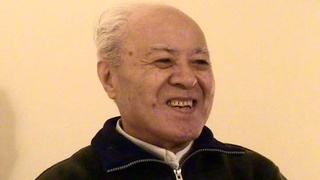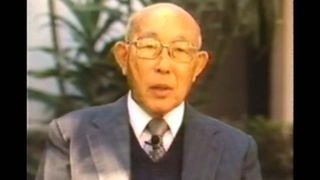Interviews
What prompted heavy religious involvement (Japanese)
(Japanese) The war ended, I was organizing my movement, and I was scattering all over the place like a fireball. That’s when Rev. Masayoshi Nishizumi, who began the Free Methodist church which I serve now, came from Japan, and I took him around town to visit the countryside, translating, and giving him a tour around the area. Every time he saw me, he would tell me, “Kinoshita-kun, you’ve got to pray!” And every time, I would say that I don’t have any time for that kind of stuff. Prayer? Yeah, right. I was so involved with my movement, putting my life on the line for it.
So the war ended in 1945, right? He passed away in a car accident in June of ‘46. As soon as I heard about it, I realized that I had to pray. Even though I was risking my life to get people to recognize that Japan lost the war—no matter how fully I understood, no matter how well I could explain it to others, some people just won’t open up to the idea. The problem is in their hearts. This is a problem with people’s hearts, and the heart is something that only God can touch. Even if my explanation is solid, and even if they get what I’m saying, their hearts won’t listen. I realized that no matter how well I am able to persuade others, I can never truly get others to understand.
Date:
Location: Brazil
Contributed by:







